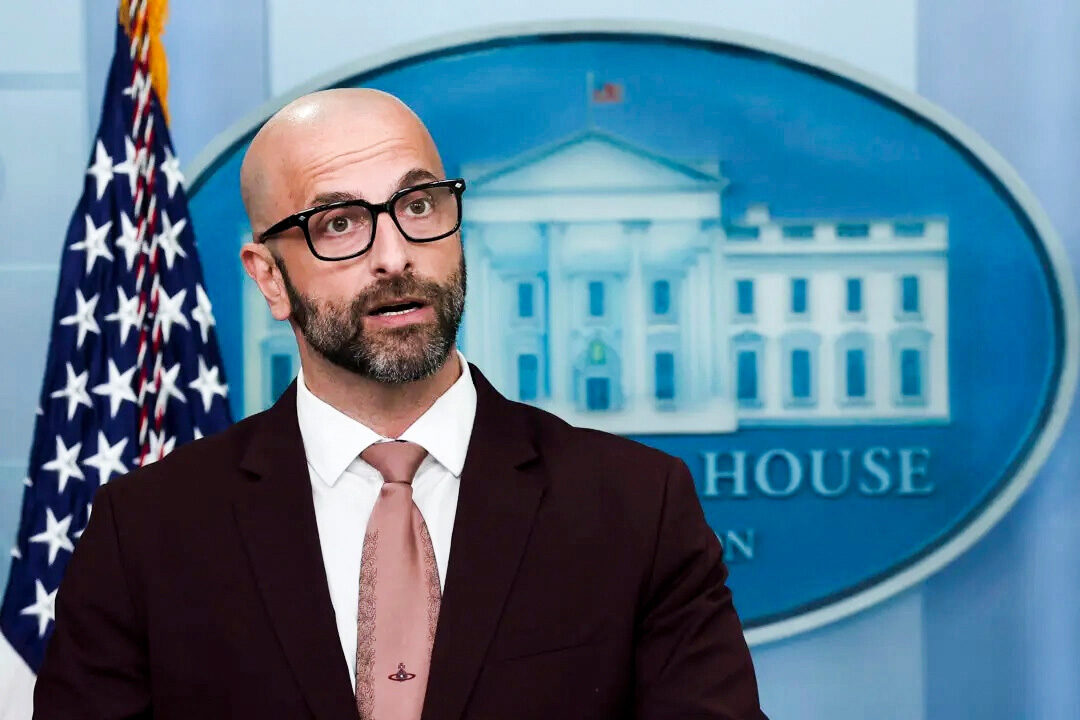OF THE
TIMES
Peter Marks, the FDA's vaccines lead, told STAT the agency reached its decision after a recent review of the data on the vaccine revealed another person in this country had died after receiving it — the ninth such death — in the first quarter of the year.Nine deaths.
[BOLDFACE ADDED]
"If we see deaths and there is an alternative vaccine that is not associated with deaths but is associated with similar efficacy...we felt it was time at this point to make a statement on the [product's] fact sheet that this was not a first-line vaccine," said Marks.
With one death for every 2 million doses given in this country, the FDA decided that is a risk most people don't need to take, Marks said.
Are There GMO Animals in the Food Supply? Yes. FDA has approved an application allowing the sale of the AquAdvantage Salmon to consumers. The AquAdvantage Salmon has been genetically modified to reach an important growth point faster. FDA has also approved an alteration in the GalSafe pig for human food consumption and potential therapeutic uses. The GalSafe pig was developed to be free of detectable alpha-gal sugar on its cell surfaces. People with Alpha-gal syndrome (AGS) may have allergic reactions to alpha-gal sugar found in red meat (e.g., beef, pork, and lamb). FDA has determined that food from the AquAdvantage Salmon and the GalSafe pig are as safe and nutritious to eat as food from non-GMO salmon and pigs.Sounds wonderful. Shall we try a bit of each? I've ways wanted to eat salmon that was engineered to grow faster than usual.
Engineered by biotech company AquaBounty Technologies Inc., the "AquAdvantage" salmon is the first such altered animal to be cleared for human consumption in the United States.— Waiter? I'll pass on the salmon. How about the rattlesnake fang sushi instead? I think it'll be safer.
In 2018, the federal agency greenlit AquaBounty's sprawling Indiana facility, which as of last December was raising roughly 492 metric tons of salmon from eggs imported from Canada but is capable of raising more than twice that amount. The company is currently making improvements to its Indiana production facility. Once completed, salmon harvests are expected to increase.
During the 2023 Farm Aid concert site, organizers from Block Corporate Salmon traveled an hour north to AquaBounty's salmon growing facility where they sought to raise awareness about the "risks and harms" of genetically engineered fish.
"AquaBounty misrepresents its system to raise salmon in tanks that they claim will be recirculating water," said Jaydee Hanson, Policy Director of Center for Food Safety. "In fact, their operations literally mine water, foul it with salmon feces, and dump it into the nearest river. They have a serious problem of illness in their chronically inflamed fish. They are not disclosing how many antibiotics they use. Consumers don't need sick fish like these."
Earlier, in 2022, Block Corporate Salmon also released "AquaBounty Exposed," a report that outlined allegedly concerning conditions at AquaBounty's Albany facility.
Former employee Braydon Humphrey, who spoke at last month's news conference, shared more than 60 pages of photos and videos that he claims detail how AquaBounty "regularly violated food and worker safety standards, ignored animal welfare concerns, and caused environmental damage unbeknownst to the public and its investors."
"I was deeply disturbed by what I witnessed during my time at AquaBounty," said Humphrey, who worked as a tech at the Indiana facility from December 2018 to January 2020. "Among other atrocities, we saw high mortalities in densely packed fish tanks — including common instances of AquAdvantage salmon dying from ruptured stomachs, caused by their artificially fast growth rate."

Comment: The fact that these Pharma-demons continue to use Africa as their own personal shoddy vaccine testing ground is disgusting. They should be prosecuted for crimes against humanity.
See also: